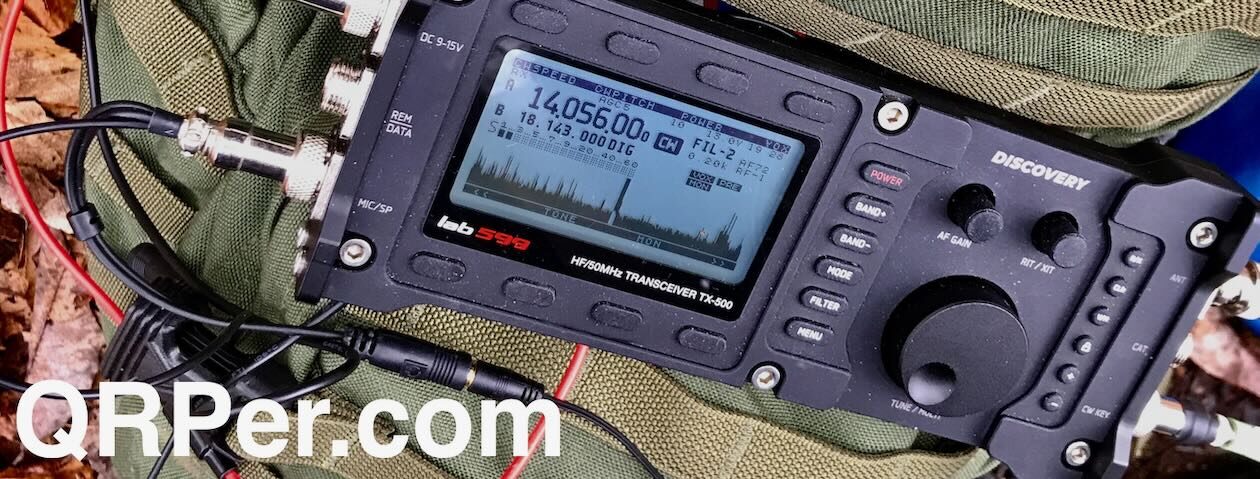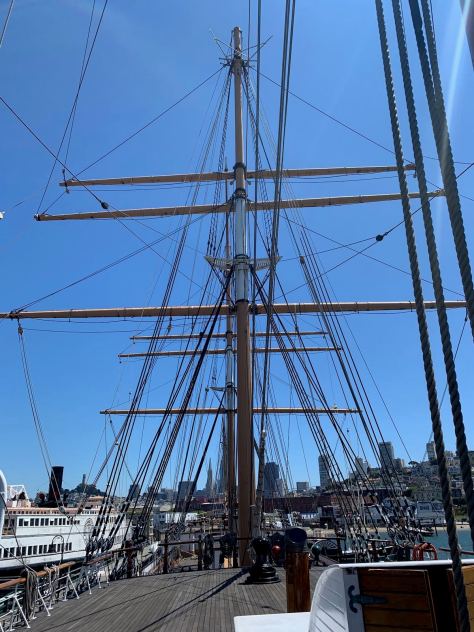After a fun little activation of Lake James State Park (K-2723) on the morning of Monday, July 31, 2023, I decided to fit in at least one more POTA adventure on a mini rove.
The logical choice was Table Rock Fish Hatchery since it’s such a short drive from Lake James and I always enjoy activating that particular site.
The weather that morning was beautiful and so was the drive.
Table Rock Fish Hatchery (K-8012)
I pulled into the driveway of the picnic area and–no surprise here–I had the place to myself.
In fact, according to the POTA website, I’ve activated this site 12 times and I’ve never seen another soul in the picnic area save my canine friends, park staff, and one guy who was hunting muskrats in the creek. That’s about it. Never anyone actually hanging around the picnic area.
On the drive over, I hadn’t considered what antenna or radio to use–I had a few in the back of my car.
I thought about using my Elecraft KX1, but then realized I didn’t have an extra shielded audio cable to connect to my Anker Soundcore Mini speaker nor did I have my in-line digital audio recorder. Without those things, I wouldn’t be able to make a video of the activation.
My next choice was the Yaesu FT-817ND and, in fact, it would be ideal. I was looking forward to putting the ‘817 on the air again–it’d been a couple of months!
First, though, an antenna. I pulled out the 40 M End-Fed Half-Wave Steve (MW0SAW) made for me some time ago.
This antenna has been in heavy rotation lately because it’s been in my main radio backpack as I’ve been traveling around the region.
I deployed the EFHW in short order, then hooked it up to the ‘817. Continue reading POTA Field Report: Pairing the Yaesu FT-817 and a 40M EFHW at Table Rock!



























































